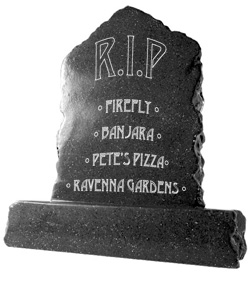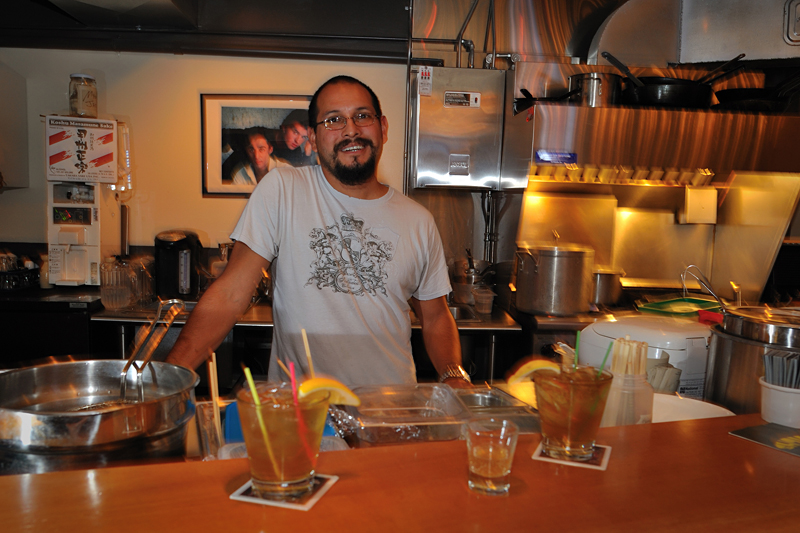The six-block strip along the top of Queen Anne Hill has become the place where dreams of owning a small bistro in a quaint, affluent neighborhood go to die. For instance, since 1999, the storefront at 2128 Queen Anne Ave. N., currently an Italian eatery called Sorrentino, has had four incarnations. “It’s just a revolving door,” says Ellen Brown, one of the many who have made a go at success at 2128.
Brown operated the space when it was known as Firefly, from October 2001 to April 2004. She and her husband and business partner, Craig Kolbitz, live on top of Queen Anne and wanted to open a second establishment to complement their Belltown Pub, which they owned and operated until its closure in September 2003.
But Brown says the Firefly venture ultimately wasn’t worth it. She was paying the same rent on Queen Anne as she paid in Belltown, while getting a third of the space and pulling in a fifth of the revenue as their lowland location.
And it’s not just the give-it-a-shot businesses that aren’t making it; Banjara, Pete’s Pizza, and Ravenna Gardens are three of the longer-tenured places to call it quits recently. Pete’s owner, Sean Curran, says that when he opened for business in 1998, he was paying about $16 per square foot to lease the space. But when the lease ran out at the end of 2006, the new developers building condos at the spot told Curran he could stay if he was willing to pay triple his rent. “How do you get that money in a small business?” Curran asks. “You can’t triple your prices.”
Realtor Edwin Mirsky of Ewing & Clark’s downtown office believes the cost of space on Upper Queen Anne, well into the mid-$30-per-square-foot range and higher, is overinflated and that new businesses will have a hard time sticking it out. “People want to get into an area, and they start panicking and they sign leases they can’t afford,” says Mirsky, who points to a similar scenario on Broadway a couple of years ago, where rents suddenly went from $20 a square foot to $30. He says businesses were flocking to the area, but couldn’t hang on and had to close. Eventually, properties started staying vacant for sustained periods of time. That caused the prices to cool a bit, he says, but not before doing some economic damage to the neighborhood’s entrepreneurial base.
Mirsky is concerned the summit of Queen Anne could feel a similar mini-economic crash. “It’s a big shame,” he says, “because it actually disrupts an area.”







